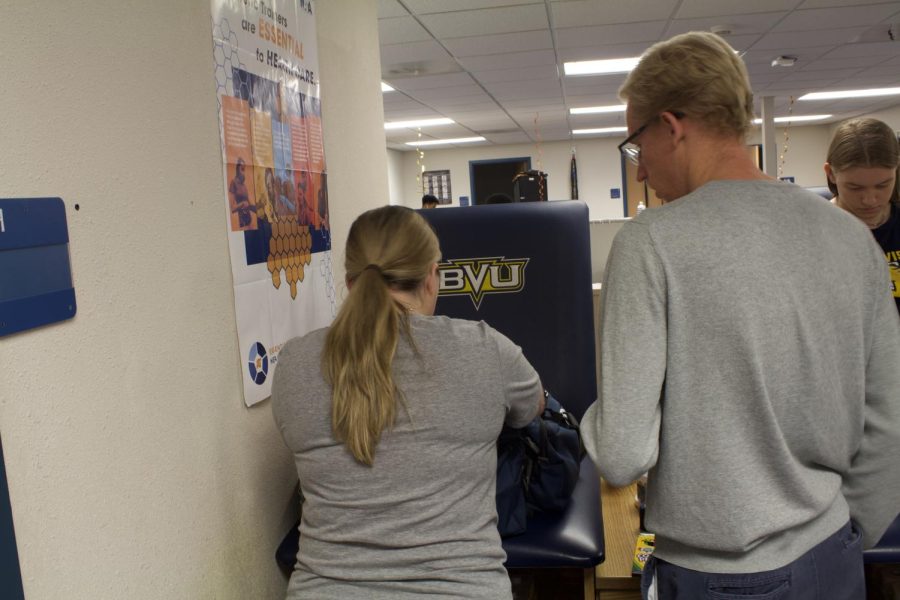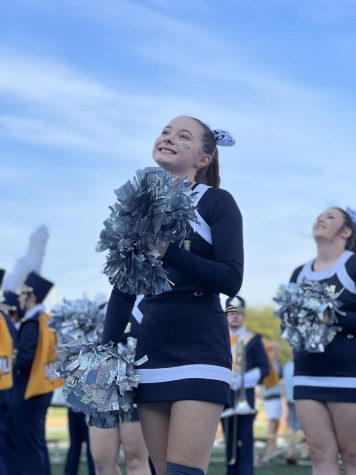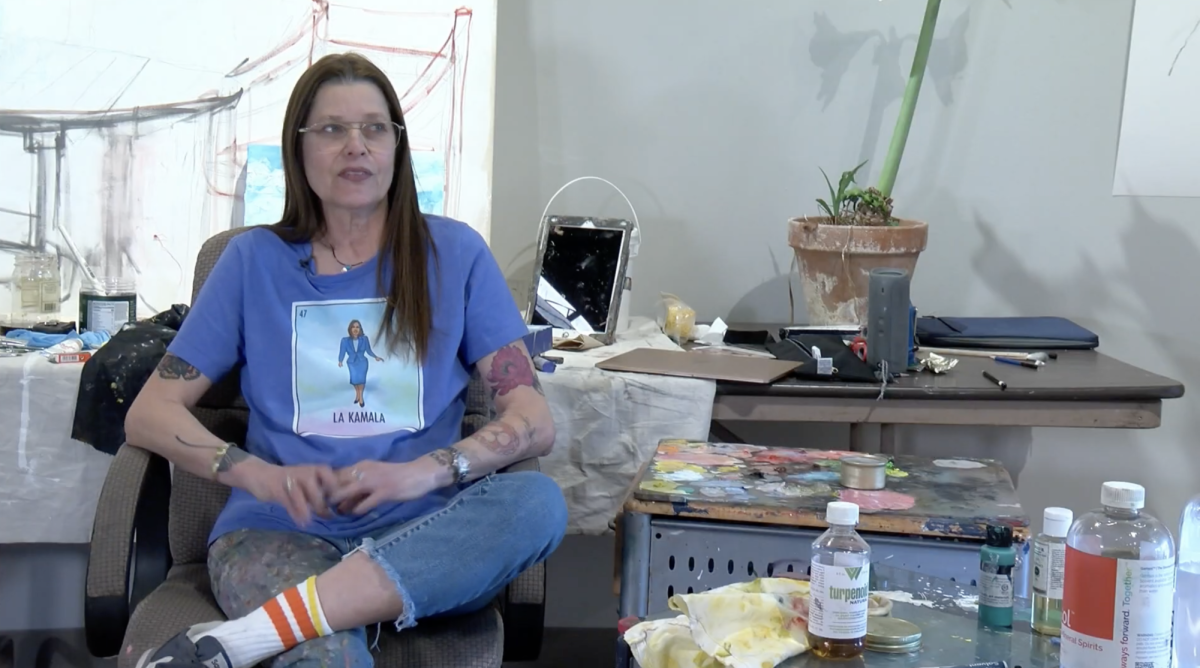Behind the Scenes of Athletics: Athletic Trainers
December 13, 2022
The Buena Vista University athletic training staff play a key role in keeping athletes safe, healthy, and in the game. Many people see trainers out on the court, field, mat, or track when things go wrong, but they don’t realize all that they do behind the scenes.
Ashley Weier is the director of athletic training at BVU, and she is accompanied in the athletic training room by trainers Christopher Moore and Elisabeth Dickson, making up the entire behind-the-scenes staff.
Explaining her work, Weier said, “I work with certain sports, but I also oversee, in addition to my sports, all the sports at BVU. I oversee all the injuries, rehab, and kind of what goes on with all the sports. I also manage our insurance claims and our visits to doctors, overseeing everything that goes on within the walls of the training room.”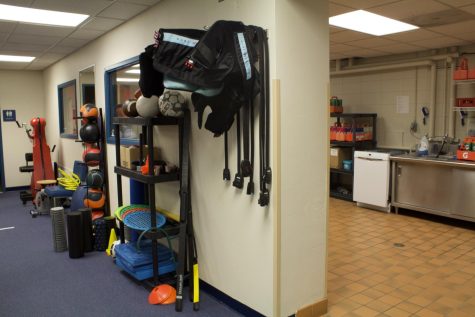 When game time comes around for volleyball or basketball, for example, the staff must put 10-gallon water dispensers on each bench, set up treatment tables, the supply cart, AED, and splint kit. They also have to tape athletes for both home and away teams, pre-participation.
When game time comes around for volleyball or basketball, for example, the staff must put 10-gallon water dispensers on each bench, set up treatment tables, the supply cart, AED, and splint kit. They also have to tape athletes for both home and away teams, pre-participation.
On a daily basis, the trainers see anywhere from 20-40 athletes per day, depending on the sport season. Junior women’s soccer player, Alison Wardenburg, goes down to the athletic training room frequently for rehabilitation for her patellofemoral pain syndrome (a dull, aching pain in the front of the knee), and said, “[The trainers] are always welcoming and always willing to help. They will adjust around your schedule and work with you because they know how busy you are.”
Looking at all angles, head women’s basketball coach, David Wells, also emphasized the importance of athletic trainers to the coaching staff. “We don’t have to worry so much about [not having athletic trainers],” he said. “Yes, we have to worry about the care and safety of our players, but we know that there is an expert with training. Now with the new standard of having a master’s as an athletic trainer, it’s kind of at least, on face value, raised the bar.”
In addition to this, many athletes believe that the athletic trainers are special and different from other training staff. Weier feels her team is different because they all get along well and understand what a good work-life balance looks like. They are all happy to be there and have one common goal: keeping athletes safe and in the competition. This common goal allows them to work more as a team, more like a family.
Wardenburg says she finds them to be special because they will ask you how you are doing every time you come in. They personalize and work with athletes on their rehabilitation plans and care about students’ comfort and mental health; “If I’m ever having a bad day, the trainers are willing to sit down and talk to me, and they’ll let me sit down and talk to them, and just rant on my day. If you’re stressed, they have different methods of relieving stress, like coloring books.”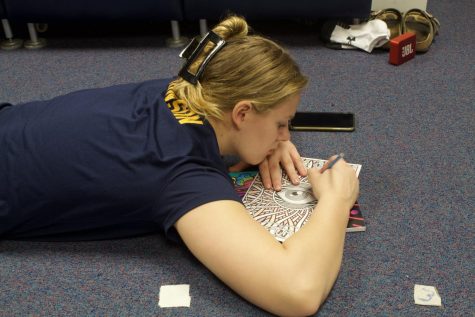
Wells has found the training office to be a safe space for athletes. He also believes that the trainers want them to stay competing, working to get them back in the game as quickly as possible saying, “[The trainers] are the ones who overlook the care of our team…they are the ones who help us stay on the field of competition.”



